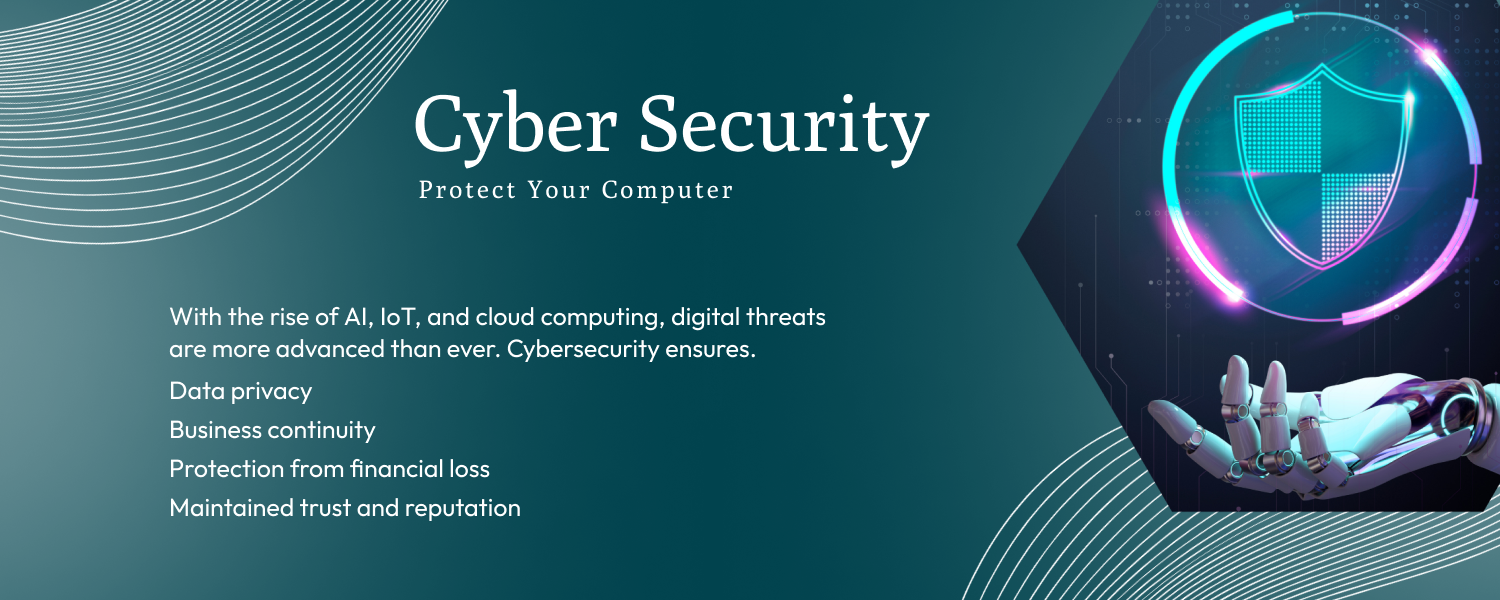

In 2025, cybersecurity is more critical than ever. As businesses embrace cloud computing, AI, IoT, and hybrid work environments, the attack surface is expanding — and so is the sophistication of cyber threats.
Whether you're a startup or an enterprise, understanding modern threats and how to defend against them is vital to protecting your data, reputation, and customers.
Let’s dive into the top cybersecurity threats of 2025 and what your IT team should be doing about them.

Threat:
Hackers are now using AI to generate hyper-personalized phishing emails that look shockingly real — complete with familiar tone, brand visuals, and contextual info.
Defense:
Threat:
Cybercriminals no longer need to write their own malware. RaaS kits are sold on the dark web, allowing low-skill hackers to launch devastating ransomware attacks on businesses.
Defense:
Threat:
Deepfake technology is now being used in video phishing, fake job interviews, and voice impersonation to steal credentials or access.
Defense:
Threat:
Instead of attacking you directly, hackers infiltrate through third-party vendors, plugins, or code dependencies (e.g., SolarWinds, Log4j).
Defense:
Threat:
Disgruntled employees, contractors, or even careless staff can cause major data breaches — intentionally or not.
Defense:
Threat:
Zero-day vulnerabilities are flaws that attackers discover before the vendor patches them. These are increasingly found using automated fuzzing and AI.
Defense:
Threat:
Attackers redirect traffic or spoof your domain to steal credentials or deliver malware.
Defense:
Threat:
Improperly secured cloud services (like open S3 buckets or exposed secrets) are a top cause of breaches.
Defense:
Threat:
Malicious apps and mobile malware are targeting employees’ personal devices used in BYOD environments.
Defense:
Threat:
APIs are often undersecured, making them targets for injection, replay, or DDoS attacks.
Defense:
We're open to collaboration with you, our next adventure.
© 2025 Webmigrates Technologies LLP. All rights reserved.